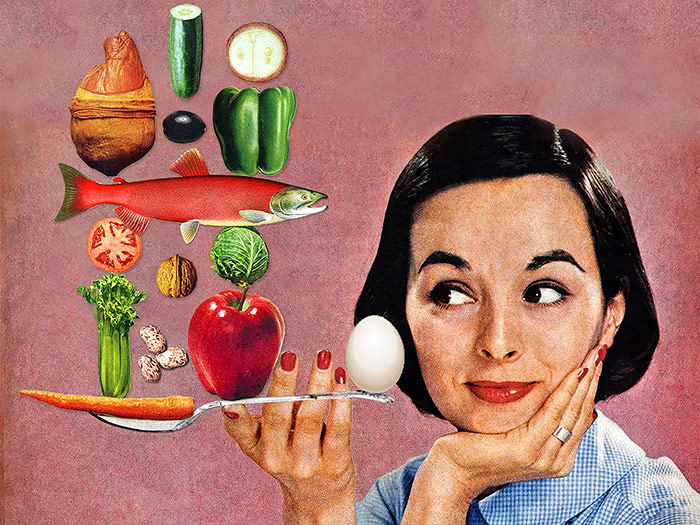
by Gill | Oct 21, 2016 | Psychological Health
Introduction: The field of positive psychology is providing valuable insights on exactly how our emotions influence our physiology. One area of body function that is very closely tied to our emotional experiences is the functioning of our immune system. Our emotional...

by Gill | Oct 19, 2016 | Heart Disease
Introduction Every major advance in nutritional medicine generally starts out as an unknown entity. That is certainly true for PQQ (short for pyrroloquinoline quinone). Although PQQ is a relatively new dietary supplement on the market, its potential is absolutely...

by Gill | Oct 13, 2016 | Most Recent, Prescription Drugs
Introduction One simple rule that would save a lot of suffering in the world is to “never take a drug that has more severe side effects than your symptoms.” A new study highlights this adage as it shows an extremely popular group of stomach acid-blocking drugs, the...

by Gill | Oct 13, 2016 | Most Recent
Just as the media often creates stories on natural products that lack critical thinking and are fraught with incorrect conclusions, sometimes marketers of dietary supplements make the same mistake. As it relates to milk thistle extract (silymarin), there are warnings...

by Gill | Oct 4, 2016 | Cancer
Introduction: The sad fact is that when it comes to dietary supplements not only are people wasting money, in many cases they are simply not taking advantage of easy, inexpensive steps they could take to improve their health and maybe even saves their lives. A new...








